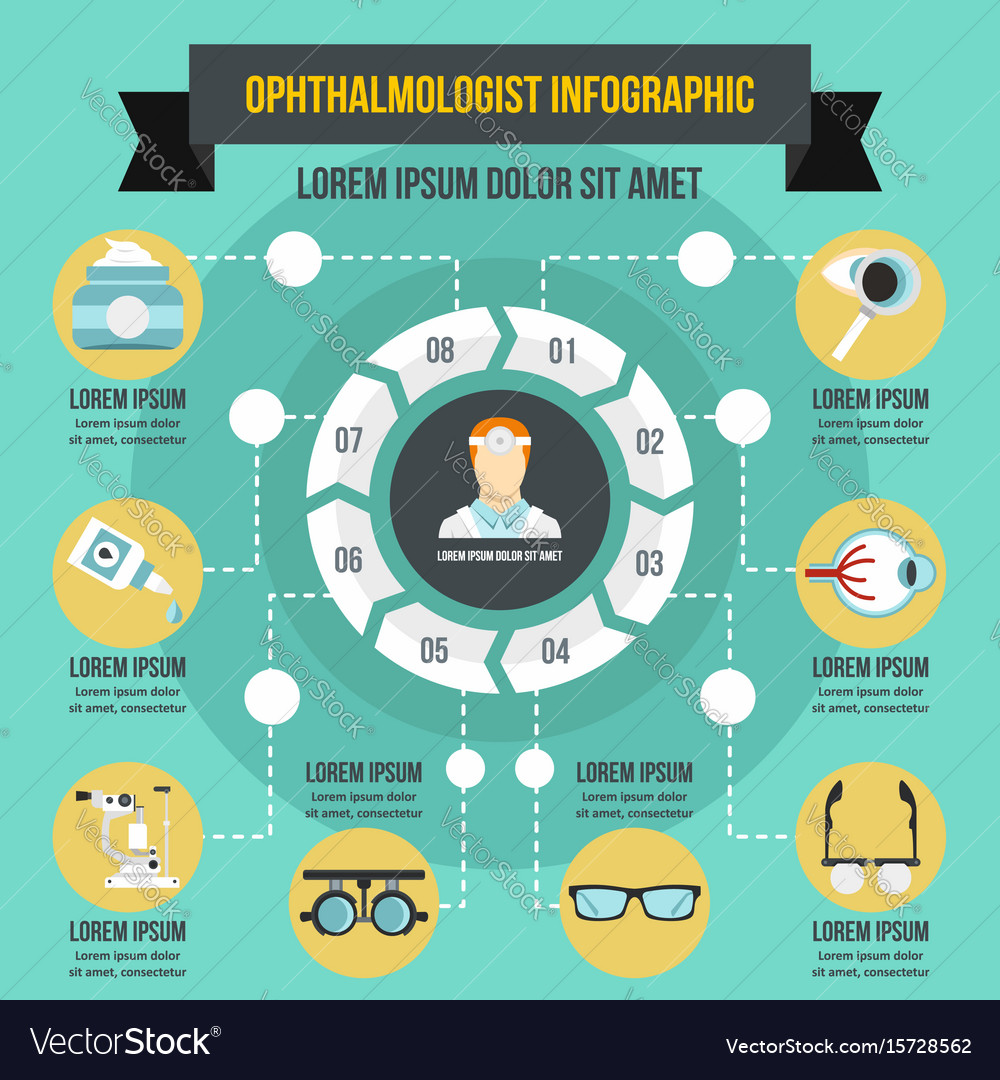Recognizing Refractive Lens Exchange: Insights Your Eye Doctor May Not Share
Recognizing Refractive Lens Exchange: Insights Your Eye Doctor May Not Share
Blog Article
Published By-Carpenter Hewitt
Have you ever considered Refractive Lens Exchange (RLE) as an alternative for vision correction? While it isn't as extensively discussed as LASIK, RLE could be a game-changer for your sight. Many people ignore its benefits, believing conventional approaches are their only choice. But what are the genuine benefits, and what might your eye doctor not be telling you regarding this procedure? Allow's explore the ins and outs of RLE with each other.
Recognizing Refractive Lens Exchange: The Basics
Refractive lens exchange (RLE) is an operation that can substantially improve your vision, specifically if you're handling presbyopia or severe refractive mistakes.
Throughout RLE, your eye doctor eliminates your eye's all-natural lens and replaces it with a synthetic one customized to your vision needs. This treatment can deal with nearsightedness, farsightedness, and astigmatism, giving you more clear vision without depending on glasses or get in touch with lenses.
The surgical procedure is commonly quick, taking less than an hour, and the majority of individuals experience marginal discomfort. Healing is relatively fast, enabling you to return to your daily tasks quickly after.
If moved here about RLE, seeking advice from your ophthalmologist can assist you figure out if it's the best option for you.
Trick Differences In Between RLE and Conventional Cataract Surgical Treatment
While both refractive lens exchange (RLE) and typical cataract surgical treatment entail replacing the eye's all-natural lens, their key goals and person accounts differ considerably.
RLE is focused on people seeking to decrease their dependancy on glasses or call lenses because of refractive errors, frequently before cataracts develop. In contrast, conventional cataract surgical treatment commonly targets people that've established cataracts, which cloud the lens and hinder vision.
The lenses used in RLE can give a broader range of vision correction, while standard cataract surgery typically entails basic monofocal lenses.
Additionally, RLE candidates are usually younger and in good total health and wellness, whereas cataract patients may be older and have various other wellness concerns.
Choosing the right treatment depends on your particular vision requirements and scenarios.
Possible Advantages and Factors To Consider of RLE
If you're considering refractive lens exchange (RLE), you'll discover numerous possible advantages that might improve your quality of life.
RLE can give you with clearer vision, lowering or getting rid of the requirement for glasses or get in touch with lenses. It supplies an opportunity to deal with presbyopia and various other refractive mistakes at the same time, commonly enhancing your general visual acuity.
Furthermore, RLE can be a wonderful alternative if you're not an appropriate candidate for LASIK. Nevertheless, it is necessary to consider the factors to consider, like the expense, potential dangers, and the recuperation period.
Discussing your certain demands with your eye doctor can help you make an informed choice, ensuring you select the most effective path for your vision correction.
Conclusion
Finally, refractive lens exchange offers a distinct option for vision improvement that exceeds what LASIK can provide. It's essential to consider the benefits against possible dangers and expenses prior to choosing. Do not wait to ask your optometrist the challenging concerns to ensure you totally comprehend the treatment and its effects for your vision. With the best information, you can confidently pick the very best option for your eyes and lifestyle.
